I don’t mean to pound this topic into the mud like a piling or anything, but I just thought I’d mention two more flavors that make Venice real to the old gustatory organs. By which I mean things I eat here that I haven’t really found (or taken seriously) elsewhere:

Snails, or bovoleti (boh-voh-EH-ti). Think escargots, with absolutely no pretensions — the polar opposite of pretensions. And absolutely no taste, either, which is why they are boiled, then thrown in a bowl with an overload of sliced fresh garlic and olive oil. Snails are merely an excuse to eat oil and garlic, in my view. It couldn’t possibly be for their nutritional value. Or their texture, either. (The garlic helps you get past that, too. Those old-time hungry people thought of everything.)
Bovoleti show up in late spring and are sold by fishmongers; odd, considering that your snail is a land creature, happier clinging to some plant stem in a field somewhere. They’re on sale until after the feast of the Redentore (third Sunday in July).
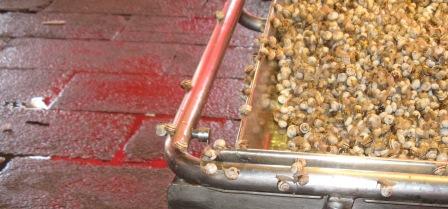
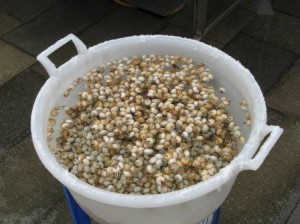
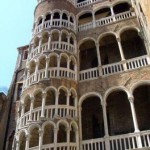
In fact, that festival is their moment of glory, if snails can be said to have one, because there they demonstrate their other sterling quality, as entertainment. Eating them gives you something to do while you’re waiting for the fireworks. Slippery little shell in one hand, toothpick in the other, the point is to snag and pull out the bit of whatever you’d call that material that used to be alive, and eat it. The waters of the Giudecca Canal can be speckled with these shells, tossed overboard by oily-fingered people who are beginning to run out of conversation.
The other special item would be fondi, or artichoke bottoms. Perhaps you didn’t realize that an artichoke has a bottom, but usually there is somebody near a fruit and vegetable stand who has been assigned a mountain of big tough artichokes and told to cut off all those leathery outer leaves and other useless bits (which is most of the artichoke) with a knife as sharp as a billhook, then carve a neat disk from what remains.
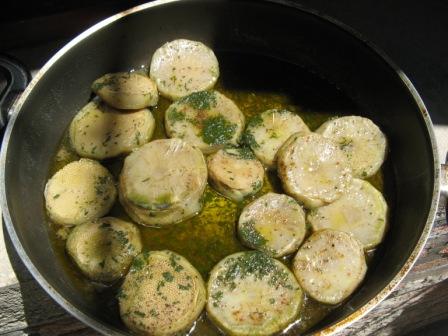
Simmer slowly in — you know what’s coming — oil and garlic, throw some minced parsley over them, and there you have your daily thistle.
Bit of useless information: You may discover that in Venice there are two words for artichoke used interchangeably: carciofo and articioco. Carciofo (kar-CHAWF-oh) is the standard word, but across northern Italy, from Friuli to Liguria, you’ll find variations on articioco (ar-tee-CHOKE-oh). Such as: articjoc, articioc, articioch, and articiocc. Both carciofo and articioco ultimately derive from Arabic; carciofo from kharshuf, and articioco probably from the Old Spanish alcachofa, which in turn came from Arabic.
Sometimes words are almost more delectable to me than the thing they represent. But I’ll stop here. Must. Go. Eat.
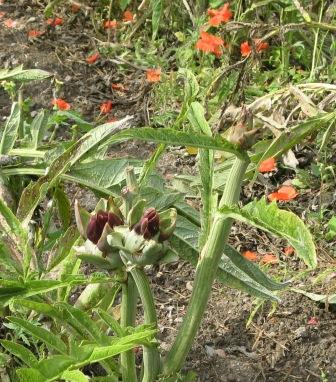

1 Comment
I think bovoleti taste heavenly! Once, after the Redentore night, I ate a huuuge bowl of them for breakfast just after getting up.
I guess not everybody shares my opinion about bovoleti, and this is why there were so many leftovers waiting for me in my kitchen that morning. But I could eat them every day… almost 🙂